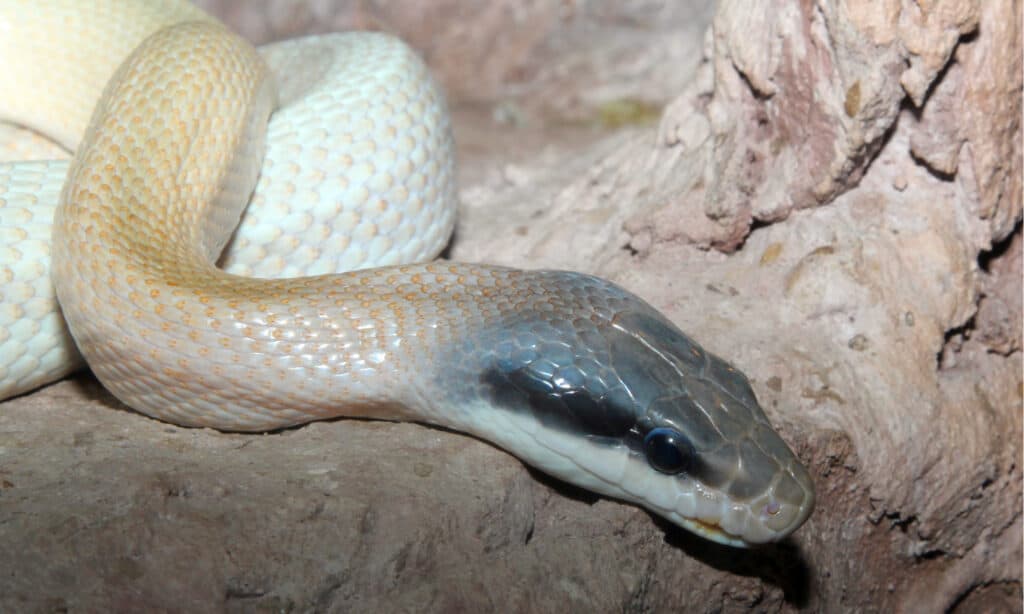Introduction
Tiger serpents are among the most widely known and feared reptiles in Australia, extensively acknowledged for their striking appearance and powerful poison. This article aims to explore the details of the tiger snake's environment, distribution, habits, and what one can anticipate when coming across these fascinating creatures. By recognizing where to discover them and how to navigate possible risks, you can value their role in the community while ensuring your safety.
Tiger Serpent Habitat: Where to Find Them and What to Expect
Tiger snakes are primarily located in southeastern Australia, including Tasmania, where they prosper in a selection of atmospheres. Their versatility allows them to live in diverse terrains such as seaside areas, wetlands, grasslands, and also urban areas.
Geographical Circulation of Tiger Snakes
The geographical reach of tiger snakes extends throughout a number of Australian states. They are specifically common in:
- Tasmania: The Tasmanian tiger serpent is just one of the most acknowledged subspecies. Victoria: Located near water bodies like rivers and lakes. New South Wales: Preferring bushland areas near water sources. Western Australia: More commonly seen around swamps and estuaries.
Understanding the geographical distribution is important for both preservation initiatives and public understanding regarding experiences with these snakes.
Preferred Habitats of Tiger Snakes
Tiger serpents grow in various environments. Below are some common environments where they may be discovered:
Wetlands: They choose marshy or boggy areas where they can access victim easily. Coastal Regions: Near beaches or rocky coastlines provide plentiful food sources like fish and amphibians. Forested Areas: Dense underwood offers shelter from predators while giving hunting grounds.Behavioral Patterns Connected to Habitat
Understanding first aid management of snake bite tiger snake habits within their habitats is necessary for communication monitoring:
- Nocturnal Activity: Tiger snakes often tend to be a lot more active throughout twilight hours (sunset and dawn), making them tougher to find during daytime. Territorial Nature: They display territorial actions; thus, it's vital to appreciate their space if encountered.
This understanding can help reduce unwanted interactions in between people and tiger snakes.
Are Tiger Snakes Venomous?
Yes, tiger snakes are undoubtedly poisonous. Their poison includes neurotoxins that can trigger paralysis or perhaps fatality if untreated.
What Makes Their Venom Dangerous?
The effectiveness of a tiger snake's poison varies depending on numerous variables:
- Geographic location Individual health Quantity infused during a bite
Symptoms of a Tiger Serpent Bite
Recognizing symptoms early is crucial:
- Pain at the bite site Swelling Difficulty breathing
Immediate medical focus is essential if bitten.

First Aid for Serpent Bites
Knowing first aid treatments can be lifesaving in instance of a snake bite.
You can find out moreFirst Help Tips for Snake Bites
Stay calm; keep the affected area still. Call emergency situation solutions immediately. Apply a stress bandage above the bite site. Keep the private relaxing until help arrives.Following these actions can considerably boost outcomes following a snake encounter.
Where Else Can You Come Across Tiger Snakes?
While they're typically found in their all-natural habitats, urbanization has resulted in increased experiences with humans.
Urban Encounters
Tiger serpents may venture into gardens or parks searching for keelback food or water sources.
Precautions When Treking or Exploring
When discovering areas known for tiger snake habitats:

- Wear thick boots Stay on paths Be vigilant
Taking these preventative measures will aid lessen dangers while you take pleasure in nature.
Baby Tiger Snakes: A Distinct Perspective on Growth
Just like grownups, infant tiger serpents are birthed poisonous however smaller sized in dimension.
Characteristics of Baby Tiger Snakes
- Size: Usually around 20-- 30 centimeters when born. Appearance: Sporting activity similar pigmentation as grownups however might have lighter bands initially.
Understanding their advancement assists in valuing their eco-friendly duty from early stage onward.
FAQs concerning Tiger Snakes
1. Are all tiger snakes venomous?
Yes, all varieties of tiger serpents have venom capable of creating severe harm.

2. How can I determine a tiger snake?
Look for distinctive banding patterns varying from yellowish-brown to blackish shades along their bodies; grownups typically grow in between 1-- 2 meters long.
3. What must I do if bitten by a tiger snake?
Seek instant clinical attention; use first aid measures as talked about earlier while keeping calm.
4. Do child tiger snakes present any danger?
Absolutely! In spite of their tiny size, infant tiger serpents are still venomous and can supply bites that call for major clinical attention.
5. Are there any kind of particular habitats I need to avoid?
Avoid going through thick underbrush or near stationary water where conditions prefer snake presence throughout warmer months.
6. How do conservation initiatives affect tiger snake populations?
Conservation efforts concentrate on habitat conservation which directly affects populace stability by making certain sufficient food sources and risk-free breeding locations.
Conclusion
In summary, understanding "Tiger Snake Environment: Where to Find Them and What to Anticipate" not only enhances our knowledge about these remarkable reptiles however also boosts our capacity to exist together securely with them in shared atmospheres. From acknowledging their chosen habitats to understanding how to respond efficiently if bitten, extensive expertise empowers all of us-- whether we're wild animals enthusiasts or informal hikers-- to value this interesting element of Australia's all-natural heritage while prioritizing our safety.
This post acts as a substantial guide on whatever related to tiger serpent environments! Whether you're an avid traveler or somebody looking just for details regarding these animals, knowing just how they interact within their communities-- and just how we match that photo-- is crucial!